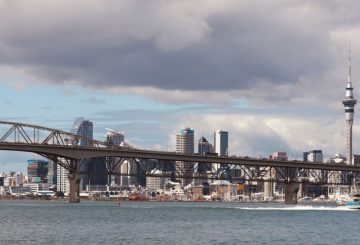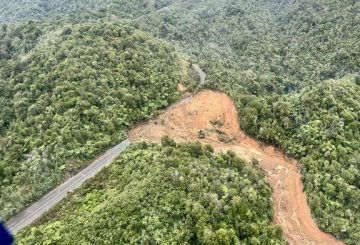Tuyết đã bao phủ núi Ruapehu – giờ đây, một lớp phủ khổng lồ dành cho những người tìm kiếm niềm vui trong kỳ nghỉ học là cần thiết để giúp các nhà điều hành của các sân trượt tuyết Whakapapa và Tūroa tìm đường thoát khỏi trận tuyết lở nợ 40 triệu đô la.
Giám đốc điều hành của Ruapehu Alpine Lifts, Jono Dean cho biết ngày khai mạc mùa giải vào thứ Bảy là “khá tốt”.
Du khách đến Happy Valley, dưới chân sân trượt tuyết Whakapapa, đã tìm thấy một lớp tuyết phủ tốt khi họ đến vào thứ Bảy, trong khi tấm chăn trắng cũng phủ kín mặt đất cho đến tận khách sạn Chateau Tongariro hiện đã đóng cửa.
Tuyết cuối cùng đã đến New Zealand.
Tầm nhìn và điều kiện thời tiết kém có nghĩa là Sky Waka Gondola không thể hoạt động vào thứ Bảy hoặc Chủ nhật, điều này thật đáng thất vọng – “nhưng theo quan điểm của chúng tôi, nó có vẻ hứa hẹn, với dự báo tuyết nhiều hơn vào cuối tuần”.
Chúng tôi sẽ dần dần mở tất cả các thang máy trong suốt tháng Bảy.”
Đội Tūroa dự kiến sẽ mở tất cả các thang máy, ngoại trừ thang máy Nga Wai Heke đang được bảo dưỡng nhưng có khả năng mở vào cuối mùa giải.
Ruapehu Alpine Lifts sử dụng 65 nhân viên cố định, tuy nhiên, những con số này thường tăng lên khoảng 500 nhân viên trên cả hai sân trượt tuyết vào cao điểm của mùa giải.
Vé ngày, Sky Waka và vé trượt tuyết có sẵn trực tuyến, trong khi vé theo mùa sẽ được bán vào thứ Hai trong khoảng thời gian hai tuần.
“Life Passes” sẽ vẫn hoạt động và có giá trị trong suốt mùa đông 2023, Dean nói.

















































-660x440.jpg)












